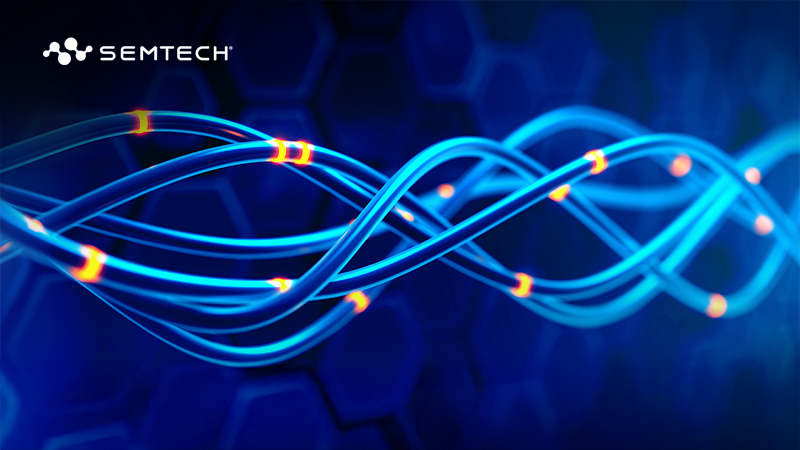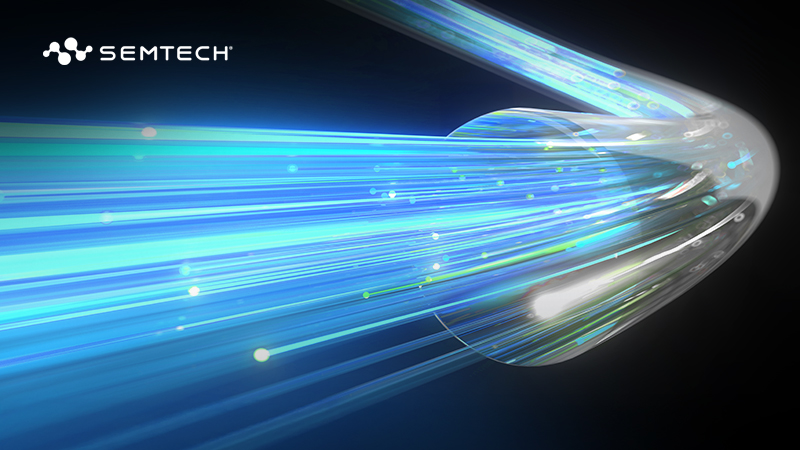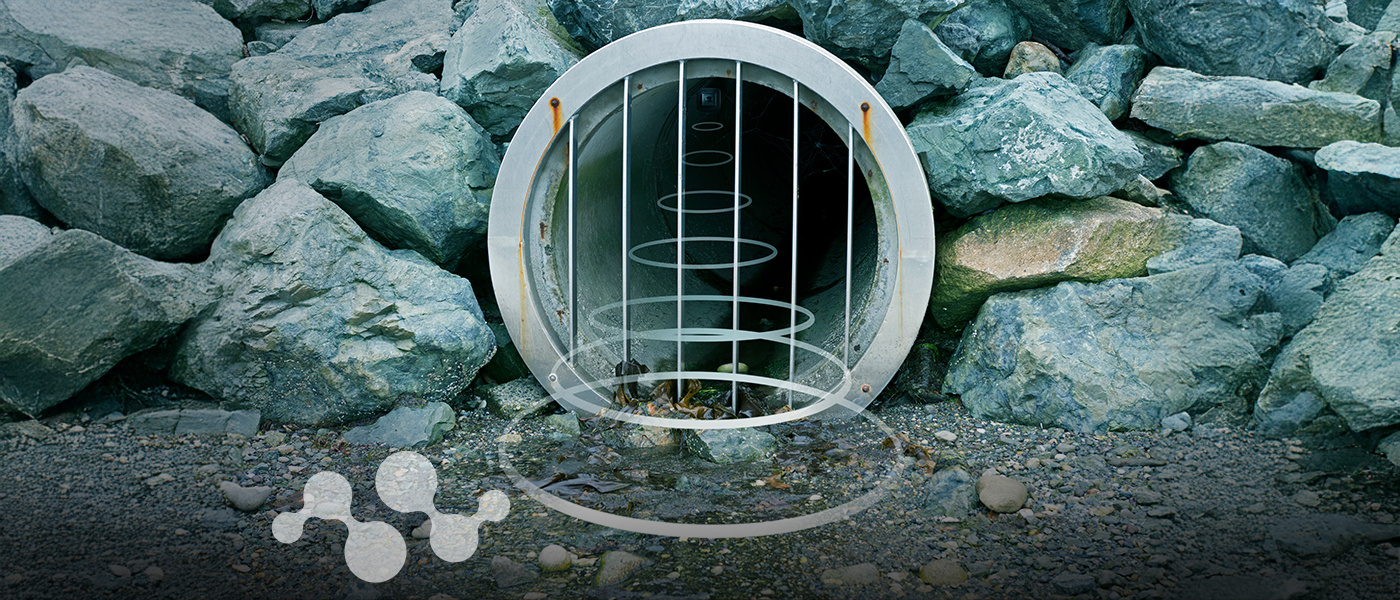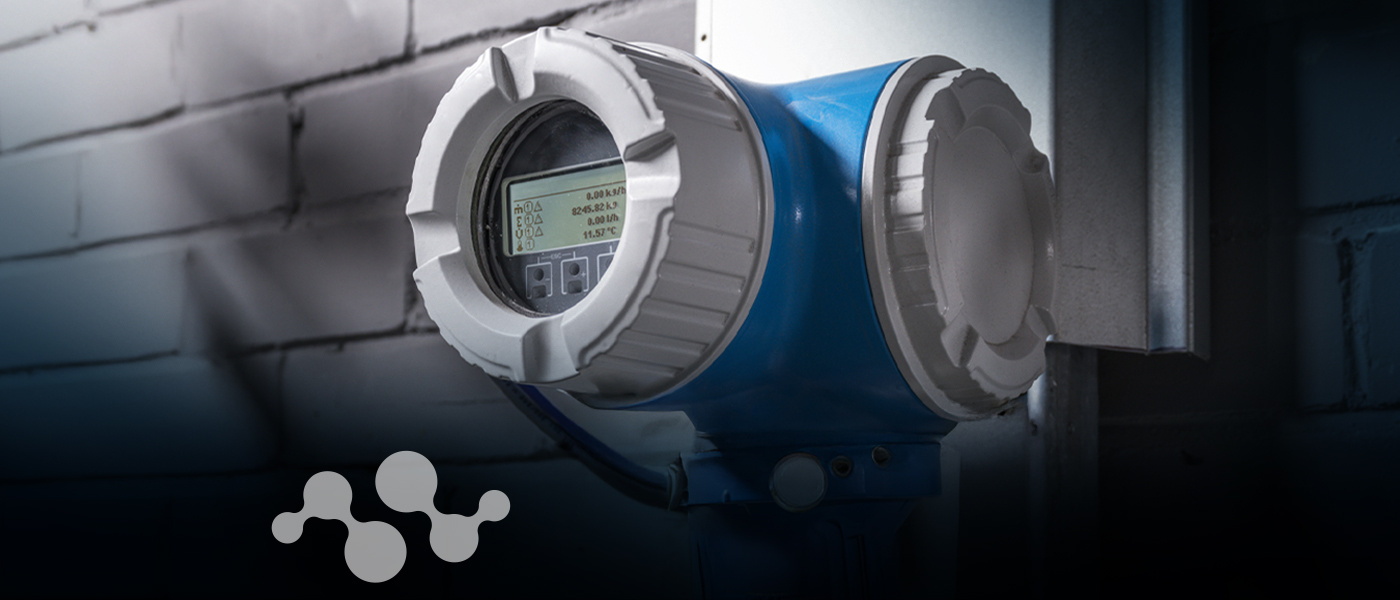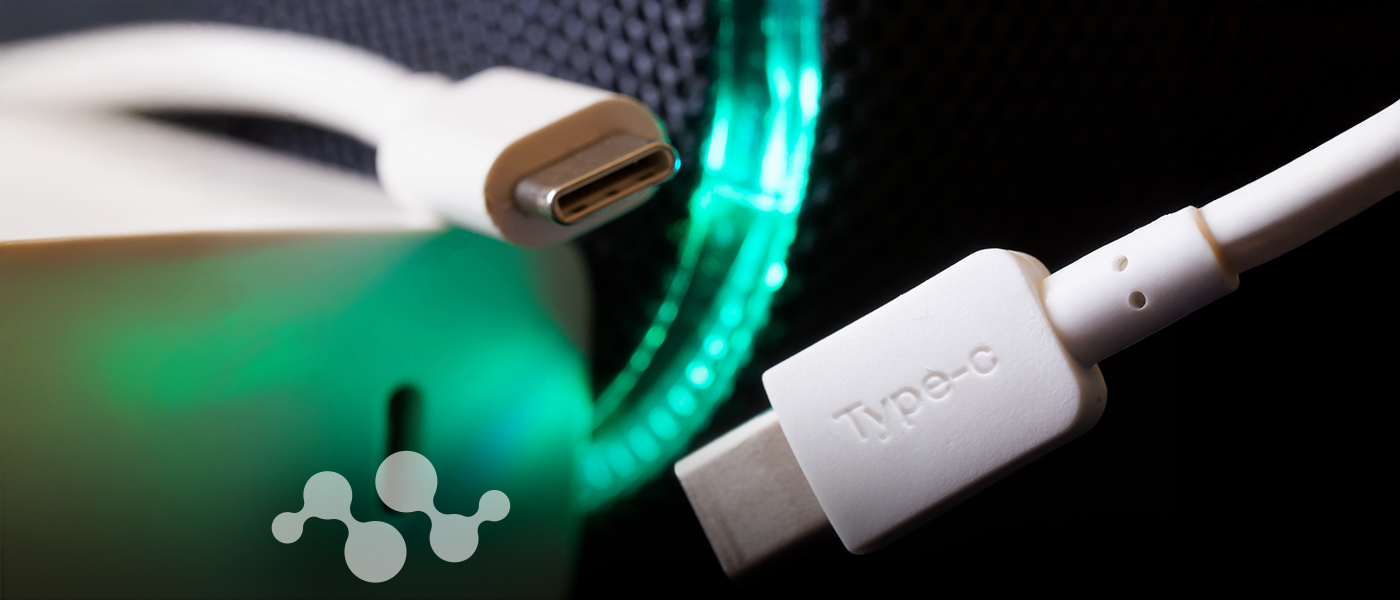Overview
The GS12142 is a low-power, multi-rate equalizer that features an integrated cable equalizer, trace equalizer, and trace driver supporting rates up to 12G UHD-SDI, inclusive of 10GbE.
The cable equalizer input is designed to equalize and restore signals received over 80m coaxial cable at 12G, compensate for DC content of SMPTE pathological signals, and re-time the incoming data. The trace equalizer input is designed to receive 100Ω differential input signals, automatically recover the embedded clock from the digital video signal and re-time the incoming data, supporting up to 17dB of insertion loss.
The integrated eye monitor provides non-disruptive mission mode analysis of the post equalized input signal. The 256x128 resolution scan matrix allows accurate signal analysis to speed up prototyping and enable field analysis. Built in macros enable customizable cross section analysis and quick horizontal and vertical eye opening measurements.
Order Codes
- GS12142-INE3: Lead-Free, RoHS Compliant, Tray-490 Pieces
- GS12142-INTE3: Lead-Free, RoHS Compliant, Tape and Reel-250 Pieces
- GS12142-INTE3Z: Lead-Free, RoHS Compliant, Tape and Reel-2500 Pieces
PB Free/ROHS
Learn More →Features
- Dual input/output equalizer with 2:1 input selector featuring both a 75Ω single ended cable equalizer and 100Ω differential trace equalizer, each with integrated on-chip terminations
- SMPTE ST 2082-1, ST 2081-1, ST 424, ST 292-1 and ST 259 compliant input/output
- Multi-standard operation from 1Mb/s to 11.88Gb/s
- In addition to standard SMPTE rates, the device also supports re-timing of DVB-ASI at 270Mb/s, and MADI at 125Mb/s and 10GbE
- 3D Input Signal Eye Monitor
- PRBS generator and checker
- Automatic cable equalization - typical equalized cable lengths of Belden 1694A cable
- 80m at 11.88Gb/s
- 100m at 5.94Gb/s
- 190m at 2.97Gb/s
- 260m at 1.485Gb/s
- 450m at 270Mb/s and 125Mb/s
- Trace driver features
- Integrated 100Ω, differential output termination
- Extends output DC-coupling support with 1.2V to 2.5V output supply range
- Trace driver data output pre-emphasis to compensate for up to 20” FR4 at 11.88Gb/s
- Manual or automatic re-timer bypass
- Manual or automatic mute or disable on LOS
- Trace equalizer features
- Integrated 100Ω, differential input termination
- Automatic power down on loss of signal
- Trace equalization to compensate for up to 20” FR4 at 11.88Gb/s
- Automatic input offset compensation
- DC-coupling from 1.2V to 2.5V CML logic
- Cable equalizer features
- Automatic power down on loss of signal
- Programmable carrier detect with squelch threshold adjustment
- Programmable launch swing compensation for non-compliant source
- manual and automatic cable equalizer bypass
- CDR features
- Manual or automatic rate modes
- Wide Loop bandwidth control
- Re-timing at the following data rates: 125Mb/s, 270Mb/s, 1.485Gb/s, 2.97Gb/s, 5.94Gb/s, 11.88Gb/s, and 10.3125 Gb/s. This includes the f/1.001 rates.
| Documents | Release Date | Type | |
|---|---|---|---|
| GS12142 Datasheet | 2019-07-03 | ||
| GS12142 Initialisation Loading Procedure | 2020-06-06 | ||
| Recommended Semtech Video Product Evaluation and Reference Design Boards | 2023-04-03 | ||
| Recommended Semtech Video Product Evaluation and Reference Design Boards | 2024-09-21 | ||
| Recommended Semtech Video Product Evaluation and Reference Design Boards | 2025-02-25 | ||
| GS12142 Reliability Qualification Report | 2019-12-17 | ||
| Altera Arria 10 Reference Design Daughter Card Evaluation Board User Guide | 2018-11-14 | ||
| EB-UHD-SDI Evaluation Board Kit User Guide | 2019-12-17 | ||
| GS12XXX Configuration File Release Notes | 2021-10-28 | TXT | |
| RDK-12GCONV UHD Converter Reference Design Kit User Guide | 2018-12-19 | ||
| Documents | Release Date | Type | |
|---|---|---|---|
| EB-UHD-SDI Evaluation Board Kit Software | 2020-05-12 | ZIP | |
| GS12XXX Configuration File | 2019-05-21 | TXT | |
Inventory
| Product | Country | Distributor | Qty | Buy |
|---|
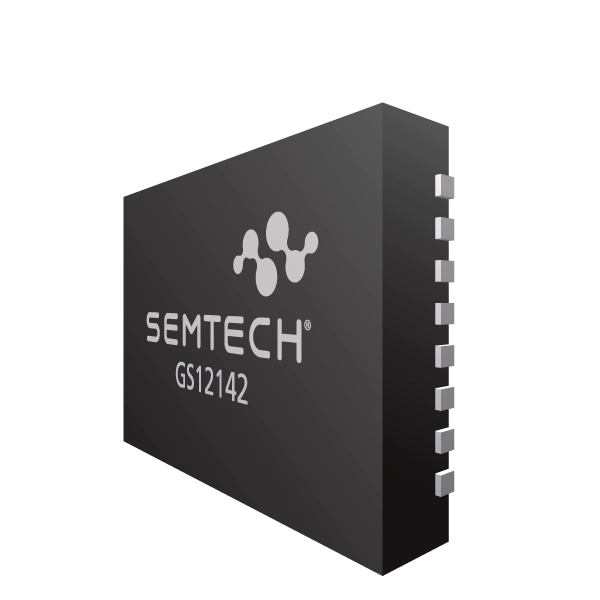
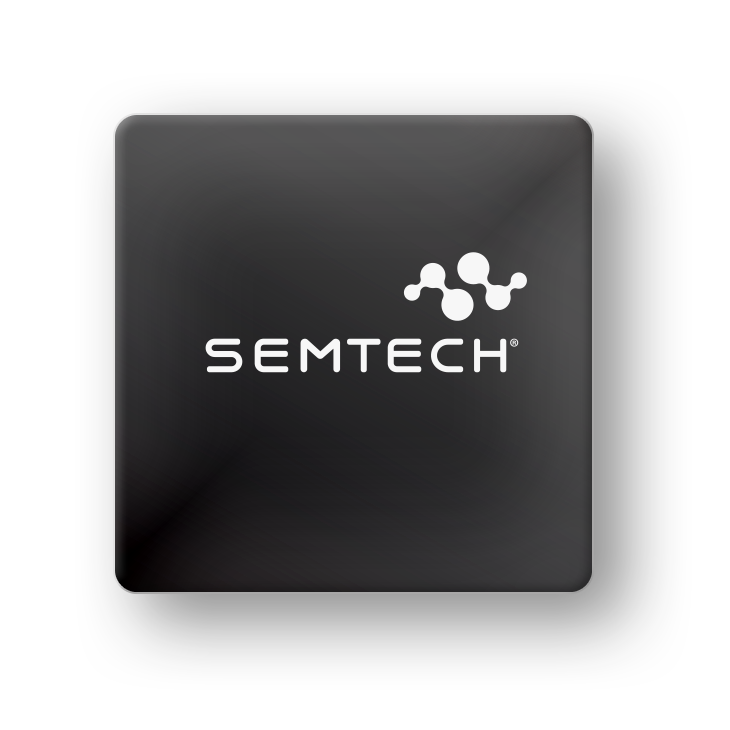

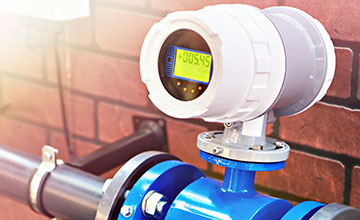

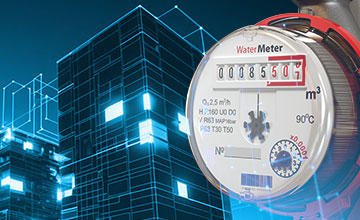







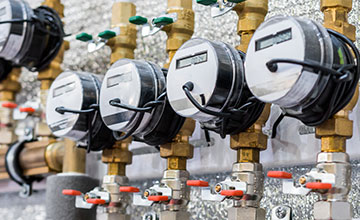


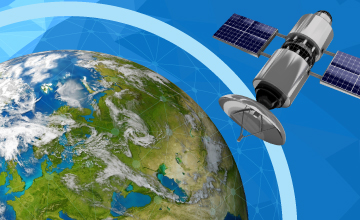

.png)







